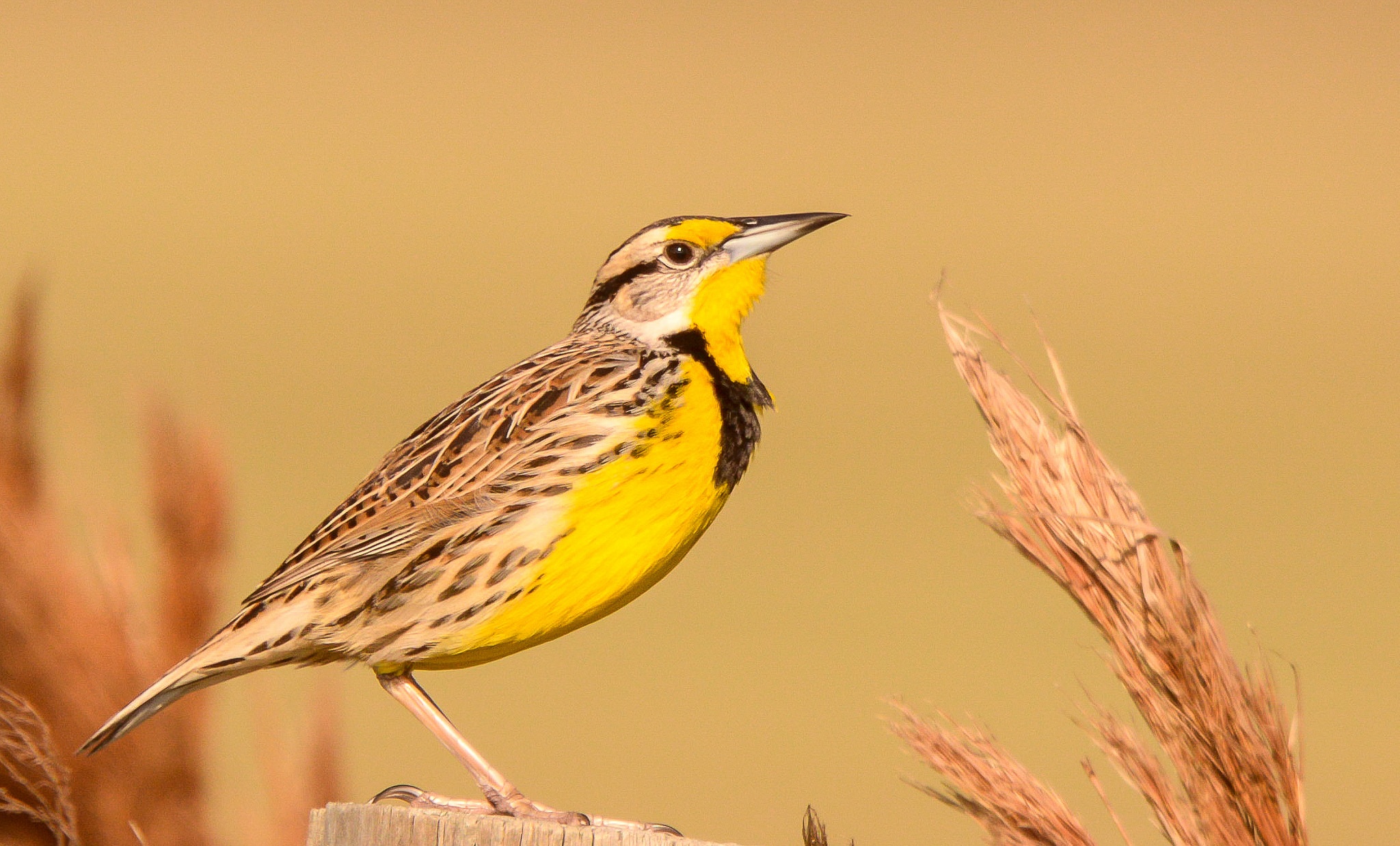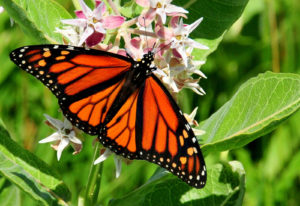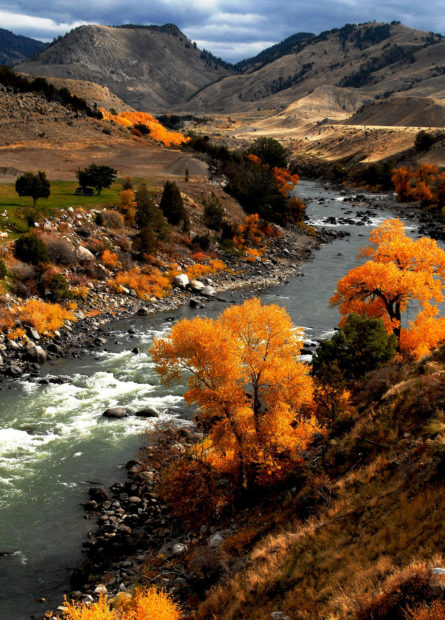We have much more to do and your continued support is needed now more than ever.
Recovering America’s Wildlife
Front Line Defense against the Wildlife Crisis

Many wildlife species across America are in decline. Today, one third of bird species in North America are in need of urgent conservation action, over 40 percent of freshwater fish species are at risk in North America, and over 40 percent of amphibian species (frogs, toads, salamanders) are threatened or declining in the US. The need for action is immediate.
State Fish and Wildlife Agencies are our nation’s front line defense system against declining wildlife populations. These critical agencies provide the expertise, labor, and leadership for many on-the-ground efforts to conserve wildlife. These efforts include management of threatened and endangered species in addition to proactive conservation practices that prevent species from needing emergency room measures, like listing under the Endangered Species Act.
However, these agencies are severely underfunded. Proactive wildlife management can save American tax payers money by preventing species from becoming listed under the Endangered Species Act, but this is not possible without initial investments in state conservation efforts. As an example of this type of investment, the federal State and Tribal Wildlife Grants provide critical funds that allow all wildlife, not just species that are traditionally hunted and fished, to be managed in a cost effective and proactive manner at the state level, with strategies driven by each state’s unique conservation needs.

These grants allow State Fish and Wildlife Agencies to implement their State Wildlife Action Plans. These plans act as blueprints for protecting each state’s “species of greatest conservation concern”- also considered species at risk of decline. State Fish and Wildlife Agencies have identified 12,000 species nationwide in greatest need of proactive conservation action. Species that have suffered dramatic population declines but are not listed under the Endangered Species Act include the monarch butterfly, eastern meadowlark, and Northern leopard frog.
Funding wildlife diversity programs like the State and Tribal Wildlife Grants enables state agencies to perform species restoration and habitat management, as well as understand why they are declining and what other actions might help them.
State Wildlife Grants Help Wyoming’s Rivers and Fish
Wyoming is just one state that benefits greatly from state wildlife conservation funding. Wyoming’s Wind River Mountains are the origin of the Green River, a large western river that flows hundreds of miles from Wyoming through the southern desert regions to meet the Colorado River. This river offers habitat to three species of fish that have benefited from State and Tribal Wildlife Grants: The bluehead sucker, flannelmouth sucker, and roundtail chub.
State and Tribal Wildlife Grants are funding a multi-year effort to assess the status of these fish. This information will help Wyoming and other states plan a management strategy to conserve the declining fish populations. This effort highlights just one example of how proactive management can eliminate the need to list these species under the Endangered Species Act

A Threat to Wildlife is a Threat to the Outdoor Economy

Today, the outdoor recreation industry contributes $887 billion to our national economy annually, creates 7.6 million direct jobs, and generates $124.5 billion in federal, state, and local tax revenue. Hunters, anglers, birders, hikers, campers, and backyard wildlife watchers have created a rapidly growing outdoors consumer base that depends on healthy wildlife populations, and the rising wildlife crisis poses a threat to this vibrant industry. Proactive conservation efforts and hands-on wildlife management can help stabilize the outdoor economy and reduce the risk that species will become listed under the Endangered Species Act. This will help local businesses that depend on access to wildlife and wild places. In addition, this will help other companies that use natural resources by providing regulatory certainty and reducing risk.
As an example of how local and state economies depend on healthy wildlife, last year’s massive die-off of mountain whitefish resulted in the closure of a 183 mile section of Yellowstone River, costing one county in Montana between $360,000 and $524,000. Small river towns like Livingston, Montana, depend on the state’s $343-million dollar fishing industry and river recreation, and without healthy fish and rivers local economies suffer.
Creating America’s Conservation Legacy
While State and Tribal Wildlife Grants have facilitated successful conservation efforts across the country, the wildlife crisis requires a more substantial source of dedicated funding that State fish and wildlife agencies can rely on from year to year – funding that will enable them to create a conservation legacy that benefits all Americans. Today, wildlife from every corner of the US face threats in the form of habitat loss or fragmentation, competition from non-native species, and stressors related to extreme weather. Combined, these factors are forcing more and more wildlife into the pipeline for listing under the Endangered Species Act. Wildlife and the habitat they depend on power the growing outdoor economy and allow Americans from all walks of life to experience the wonder of nature.
Please thank your Members of Congress if they supported robust funding for the State and Tribal Wildlife Grants Program this year, and ask them to create a dedicated fund to support state fish and wildlife Agencies in their efforts to Recover America’s Wildlife.
State Member
AK Senator Sullivan, Dan @SenDanSullivan
CA Senator Feinstein, Dianne @SenFeinstein
CT Senator Blumenthal, Richard @SenBlumenthal
CT Senator Murphy, Chris @ChrisMurphyCT
DE Senator Coons, Chris @ChrisCoons
DE Senator Carper, Thomas @SenatorCarper
FL Senator Nelson, Bill @SenBillNelson
HI Senator Hirono, Mazie @maziehirono
HI Senator Schatz, Brian @SenBrianSchatz
IA Senator Grassley, Chuck @ChuckGrassley
ID Senator Crapo, Mike @MikeCrapo
ID Senator Risch, James @SenatorRisch
IL Senator Durbin, Dick @SenatorDurbin
IN Senator Donnelly, Joe @SenDonnelly
MA Senator Warren, Elizabeth @SenWarren
MA Senator Markey, Edward @SenMarkey
MD Senator Van Hollen, Chris @ChrisVanHollen
MD Senator Cardin, Ben @SenatorCardin
ME Senator King, Angus @SenAngusKing
MI Senator Stabenow, Debbie @stabenow
MI Senator Peters, Gary @SenGaryPeters
MN Senator Klobuchar, Amy @amyklobuchar
MN Senator Franken, Al @SenFranken
MT Senator Tester, Jon @SenatorTester
NH Senator Shaheen, Jeanne @SenatorShaheen
NH Senator Hassan, Margaret @SenatorHassan
NJ Senator Menendez, Robert @SenatorMenendez
NJ Senator Booker, Cory @CoryBooker
NM Senator Heinrich, Martin @MartinHeinrich
NV Senator Cortez Masto, Catherine @SenCortezMasto
OH Senator Brown, Sherrod @SenSherrodBrown
OK Senator Inhofe, James @JimInhofe
OR Senator Wyden, Ron @RonWyden
OR Senator Merkley, Jeff @SenJeffMerkley
PA Senator Casey, Bob @SenBobCasey
RI Senator Whitehouse, Sheldon @SenWhitehouse
SD Senator Rounds, Mike @SenatorRounds
VA Senator Kaine, Tim @timkaine
VT Senator Sanders, Bernie @SenSanders
WA Senator Cantwell, Maria @SenatorCantwell
WI Senator Baldwin, Tammy @SenatorBaldwin
WV Senator Manchin III, Joe @Sen_JoeManchin
To learn more about this issue please read our fact sheet





















